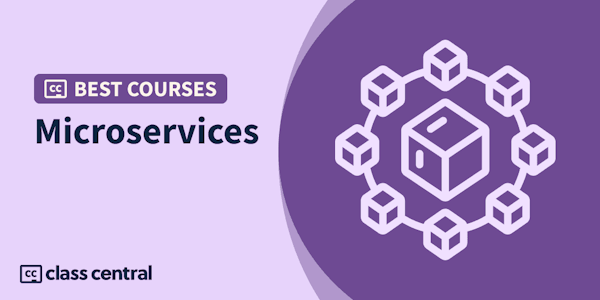Overview
Syllabus
- Welcome
- Setup requirements
- Meet the BPMN model and see how it works, using Token Simulation
- How to deploy the process model, and view it in Camunda Operate
- How to produce and send a Kafka message
- How to see and read process data in Camunda Tasklist
- How to access and edit linked forms in Camunda Modeler
- Continuing the process in Camunda Operate
- How to trigger an intermediate Kafka event
- How to trigger an intermediate Webhook event
- More about variables in a process instance
- How to update user task data from Kafka, using Postman
- How a process orchestrator maintains context for decoupled services
- How to trigger an event subprocess
- Niall’s brain experiences an interrupting error event
- Getting back to event subprocesses
- Summary and Conclusion
Taught by
Camunda

